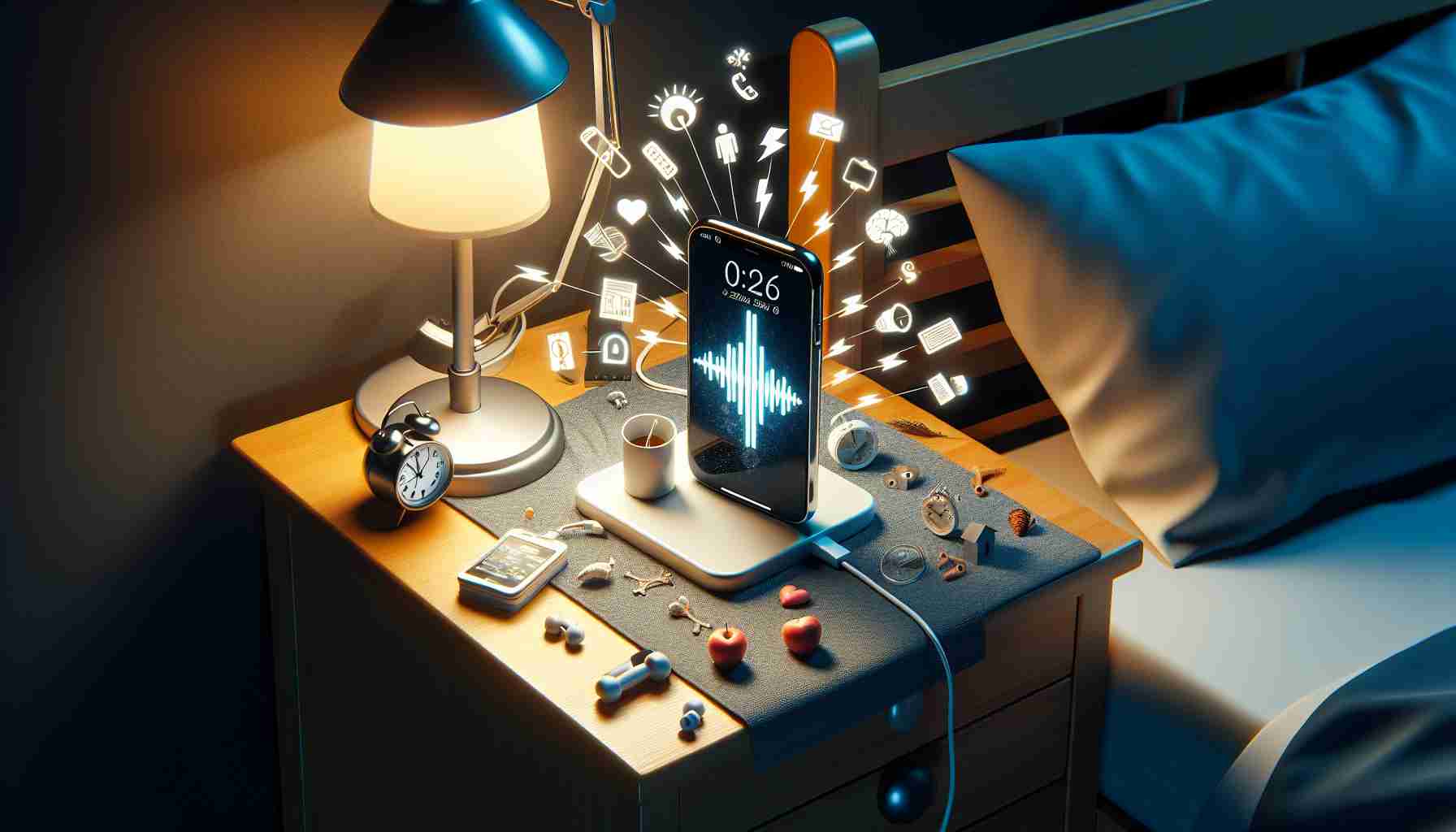Keeping your mobile phone charged and close-by while sleeping has been flagged as a potential health hazard, indicative of individuals’ dependence on their devices. Studies and health advice suggest that minimizing exposure to phones, especially during charging or extended use, could benefit well-being.
Experts recommend that mobile phone users exercise caution with their nighttime habits. Placing a charging phone within arm’s reach while snoozing can increase perceived health risks, including potential links to illnesses due to prolonged radiation exposure.
The ubiquity of smartphones has led to an increase in usage, ingrained into the daily routines of millions, often stretching into nighttime rituals. However, warnings have circulated that such practices may inadvertently sign users up for health risks, with some fearing a connection to severe conditions like cancer.
While research into mobile phone radiation and its effects continues, the consensus leans towards moderation and precaution. Individuals who can reduce their exposure to their devices, especially during charging or while asleep, may find it advantageous for their long-term health. Discipline in digital consumption can prove beneficial, not only for physical health but also for ensuring a more restful and uninterrupted night’s sleep.
Health Risks: While the article touches on the potential health hazards of charging and using a mobile phone by the bedside, it does not delve into the specifics. Some of these potential risks include:
– Exposure to Electromagnetic Fields (EMFs): Charging a phone emits EMFs, which, in large doses, have been suspected of contributing to various health issues, although the evidence is inconclusive. The World Health Organization’s International Agency for Research on Cancer (IARC) has categorized radiofrequency electromagnetic fields as possibly carcinogenic to humans.
– Blue Light Emission: Phones emit blue light, which can disrupt melatonin production and affect sleep quality.
– Fire Hazards: There is also a risk of fire if a charging device overheats or if there is a defect with the battery or charger.
– Tripping Over Cords: The presence of charging cables might increase the risk of accidents, such as tripping.
Controversies: Notwithstanding, there is controversy about the severity and likelihood of these risks. Many experts assure that the EMF levels produced by phones are below harmful thresholds, while others call for more research and prudence due to long-term exposure uncertainties.
Key Challenge: One challenge is negotiating the balance between digital connectivity and health. As mobile phones integrate deeper into society, their omnipresence makes it difficult for individuals to disconnect, even during times traditionally reserved for rest.
Advantages of Bedside Phone Charging and Use:
– Convenience: Users can stay connected to their social and professional networks.
– Availability: Quick access for emergencies or urgent communications during the night.
– Utility: Phones can serve as alarm clocks or provide sleep-related functionalities like white noise or meditation apps.
Disadvantages of Bedside Phone Charging and Use:
– Disturbances: Notifications and sounds from the phone can interrupt sleep.
– Sedentary Lifestyle: Encourages prolonged usage and inactivity.
– Privacy Issues: There may be concerns over devices listening in or watching through cameras, leading to stress or anxiety.
To gather more information on the effects of electromagnetic fields or radiation from mobile devices, visit the World Health Organization’s website at: World Health Organization.
For insights on digital wellness and strategies for better sleep hygiene, the National Sleep Foundation’s website might be helpful: National Sleep Foundation.
Both websites provide a wealth of information on health-related issues and are authoritative sources for research and industry standards concerning public health and safety.
The source of the article is from the blog be3.sk
